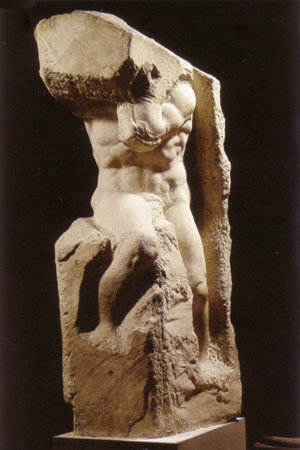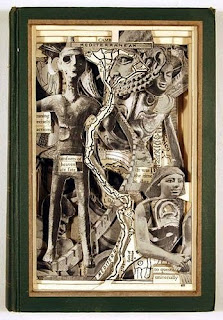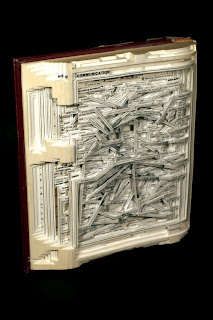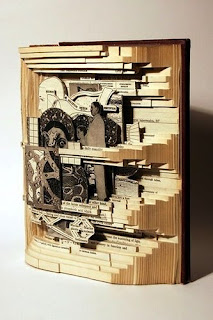
in order to study architecture, one must … practice the art of exhumation. - neza regarestrani

Sunday, January 29, 2012
Saturday, January 28, 2012
Wednesday, January 25, 2012
exhuming architecture
Architecture, to paraphrase Nick Land’s remarks on George Bataille, is consolidating, conclusive, and moderate. It is made of solids and voids. Voids exclude solids. Yet, in its will to become architecture, the solid must include to void. One of the opportunities between the interaction of solid and void has to do with the possible exchange and liberation that occurs in zones where the inside/outside gradually emerge into being; defined and undefined simultaneously. In landscape, this becomes the ungrounding of the earth and its becoming or emerging into (an)other. Accordingly, “In any composition, the solid narrates the anomalies generated by the void, or the infection of the void through the solid (when the void comes to the solid, it works as a convoluting plague, a coiling swirling epidemic rather than a nullifying process or a solid-annihilating agent); in a composition there is no pure solid but a defiled one, a diseased and deflowered solid. … in any composition (as in ( )hole complex) the solid is the possessed narrator of the void…”
One of the most profound investigations of modern culture deals with the relationship between the solid/present and void/absent: within the space of the page, within the silence between musical notes, within the degree zero conditions of representation. From Stephane Mallarmé to Marcel Broodthaers, the trajectory can be seen present in the work of Kazimir Malevich, Jorge Oteiza, John Cage, to name three, and in architecture can be found not only in the condition of poché but also in Adolf Loos’ raumplan or, even, in Peter Eisenman’s open-ended typographic proposals in “Notes towards a Conceptual Architecture” (Design Quarterly 78/79, 1970). Because of architecture’s obvious ideological complicity to efficiency and market forces, howeve, the radicality of the void (of voiding, exhuming, opening up, necrotizing the solid) as a subject investigation has seldom been addressed and considered as a viable alternative to architectural design practices.
By outlining the etymological relationship between architecture and exhumation within the condition of ungrounding (ex + humus), Reza Negarestani’s Cyclonopedia: Complicity with Anonymous Materials points to the architectural radicality in the act of exhumation. For Negarestani, exhumation invokes the ground’s potencies “before they area actualized by and for the ground. … Since ungrounding or exhumation incapacitates the consolidating power of the ground, the earth cannot be narrated by its outer surface any longer but only by its plot holes, vermicular traces of exhumation. Therefore, exhumation prepares the earth to fully emerge as a ( )hole complex.”
The aim of the studio is to explore, give form, and architectural intentions to these conditions (of ungrounding, of the void, of invocation, etc.) through representational and discursive strategies (textual, graphic, three-dimensional, composite, etc.). As a point of departure we will utilize representation to alter and modify our perceptions and understandings of the world to centralize the void. Given the highly labile nature of our present modernity, the studio, therefore, will explore the very limits of absence and the disoccupation of solid (and, eventually, void) through analyses, proposals, and an engagement of the current and changing conditions and understandings of space, place, limits, narrative, structure, visuality, and presence. Programmatically, the studio will articulate these conditions by exhuming the solid within the space of Enric Miralles and Carmé Pinos’ New Cemetery at Igualada.







